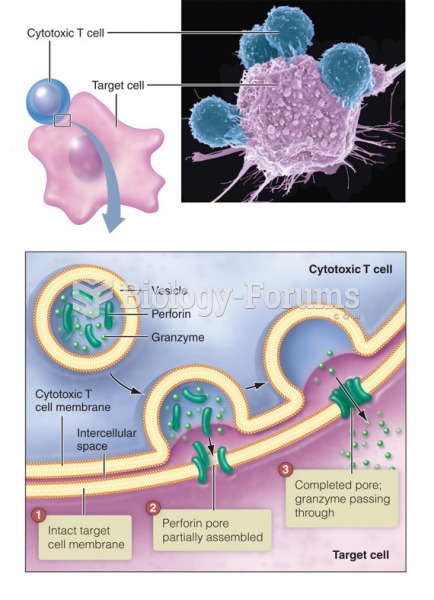|
|
|
Human kidneys will clean about 1 million gallons of blood in an average lifetime.
The largest baby ever born weighed more than 23 pounds but died just 11 hours after his birth in 1879. The largest surviving baby was born in October 2009 in Sumatra, Indonesia, and weighed an astounding 19.2 pounds at birth.
Egg cells are about the size of a grain of sand. They are formed inside of a female's ovaries before she is even born.
The average human gut is home to perhaps 500 to 1,000 different species of bacteria.
Nearly all drugs pass into human breast milk. How often a drug is taken influences the amount of drug that will pass into the milk. Medications taken 30 to 60 minutes before breastfeeding are likely to be at peak blood levels when the baby is nursing.







